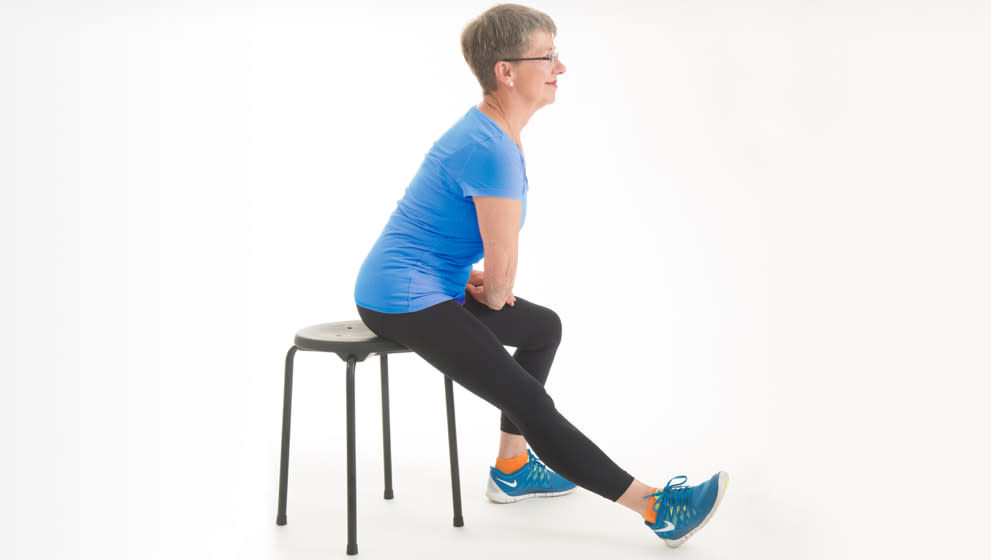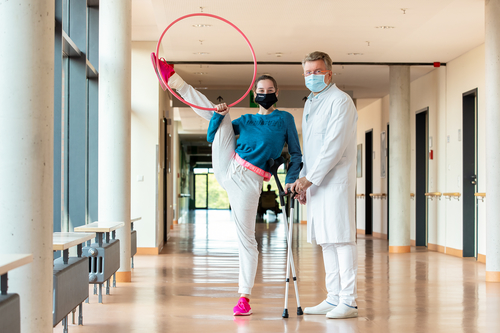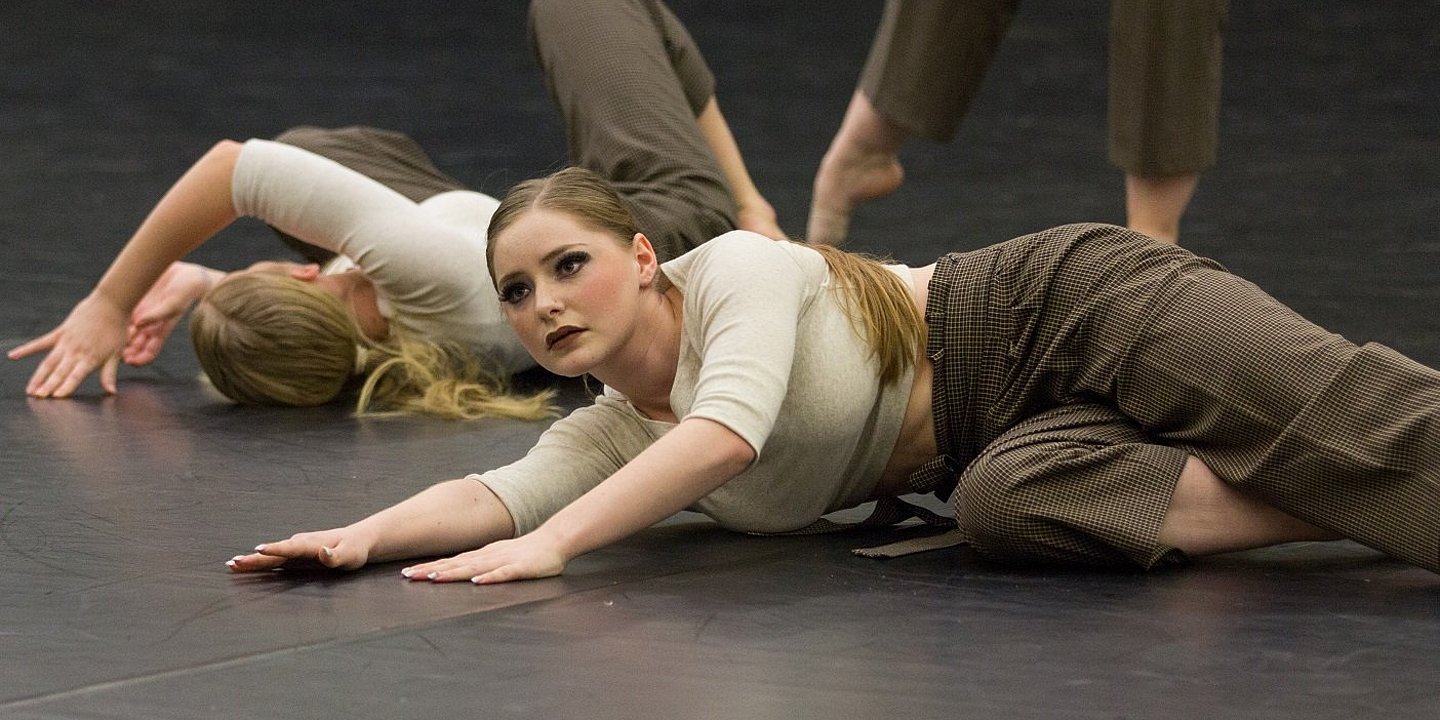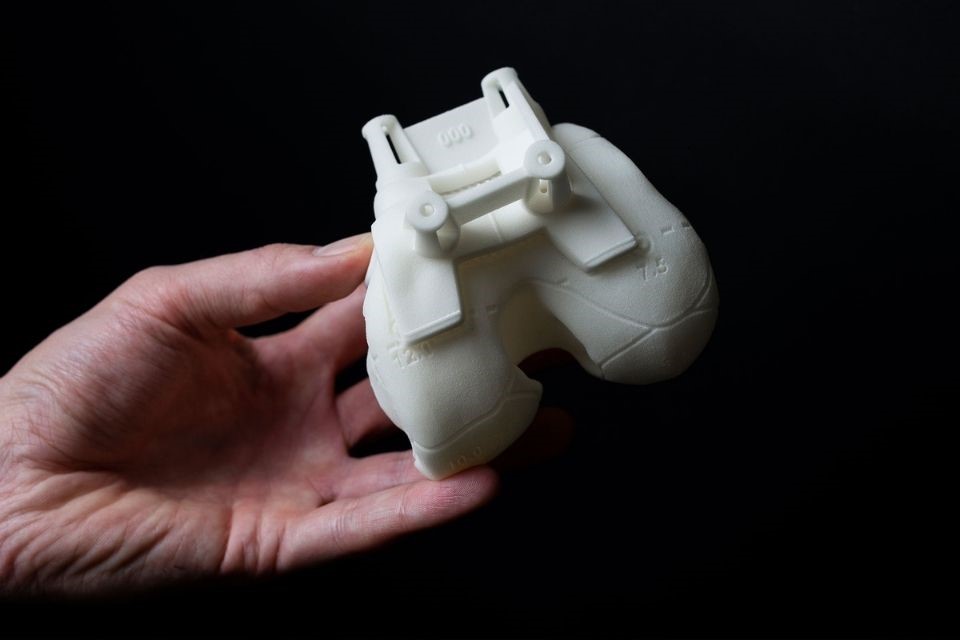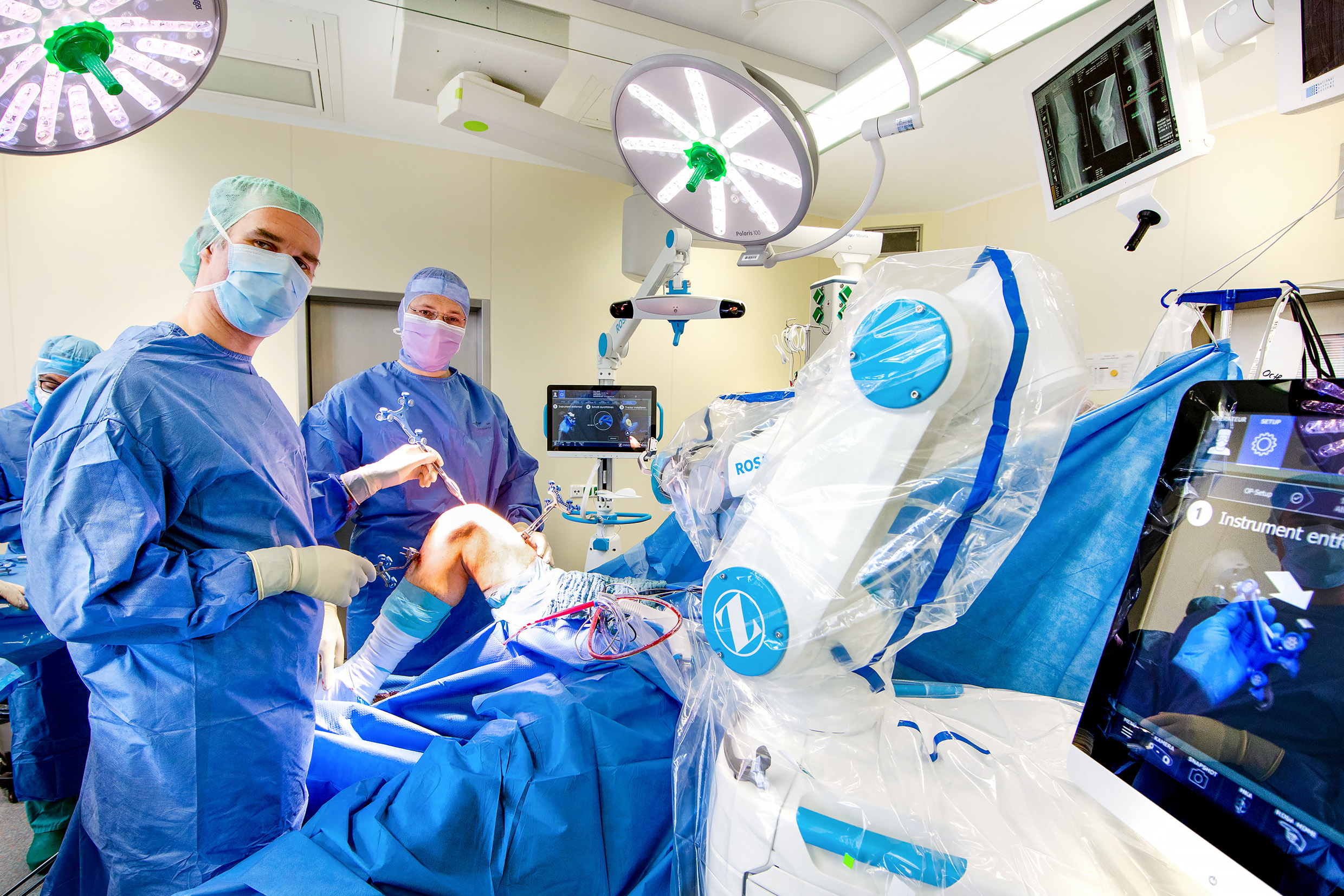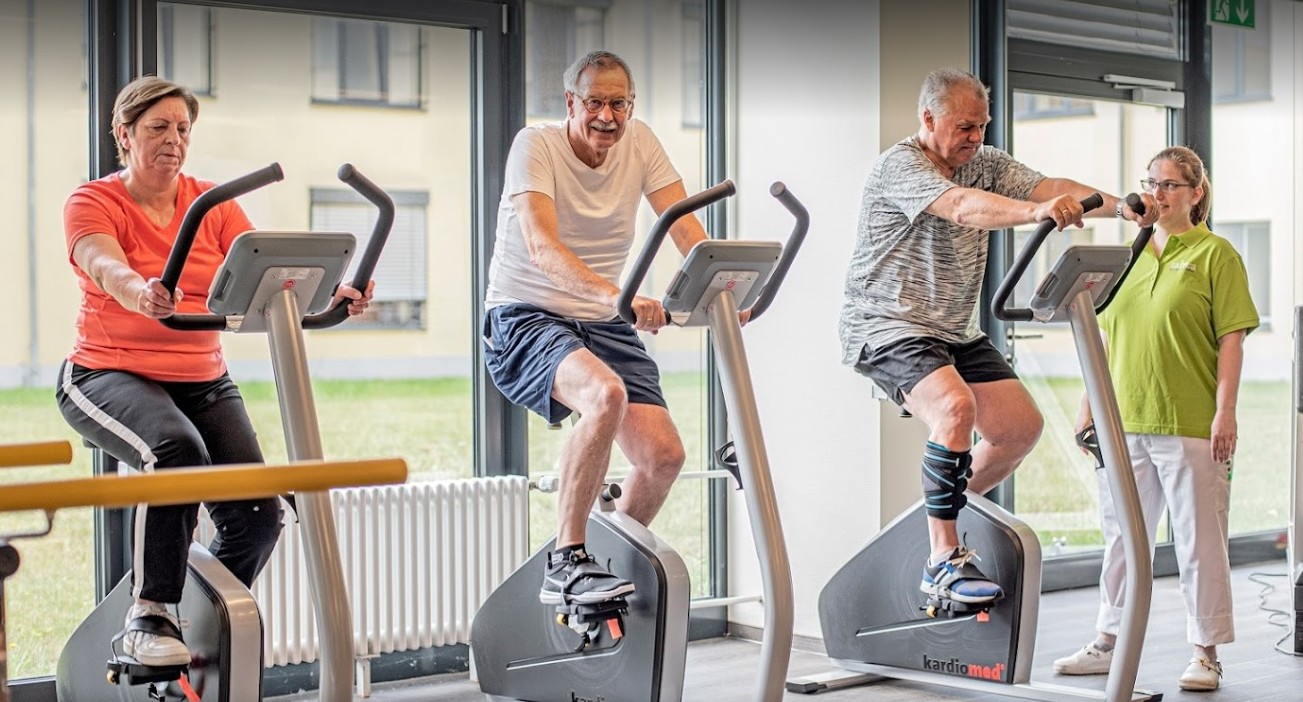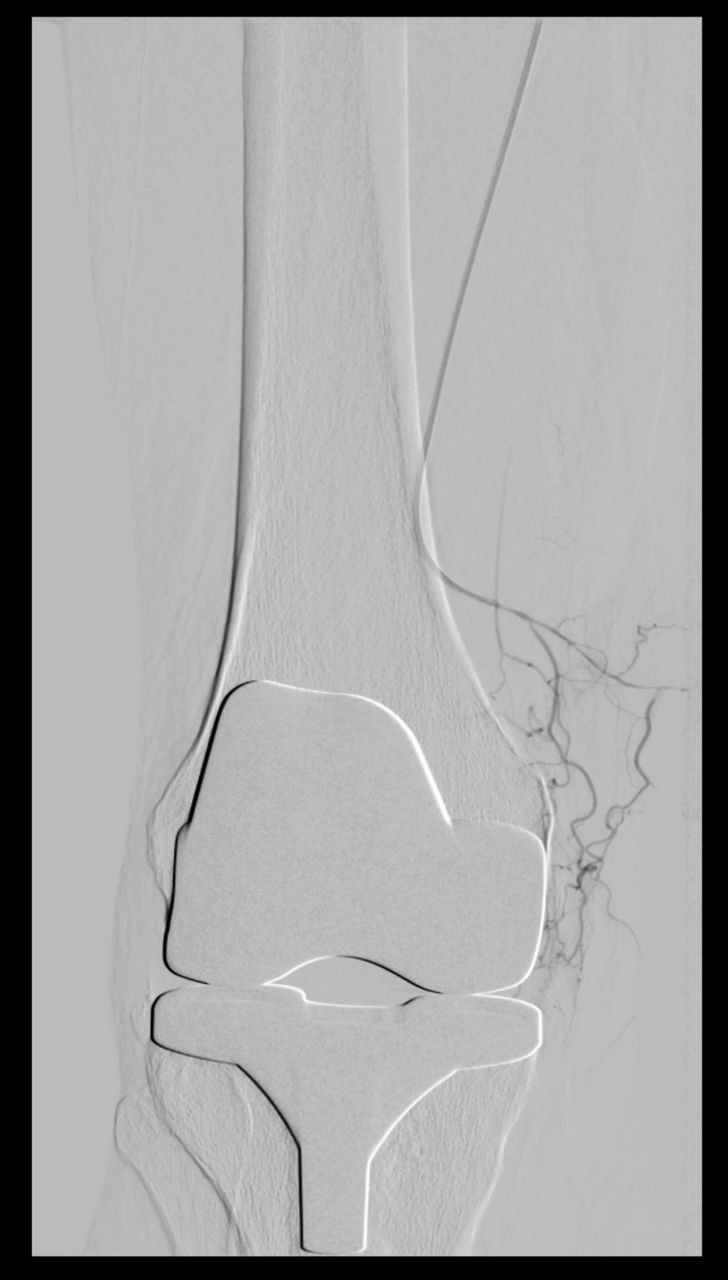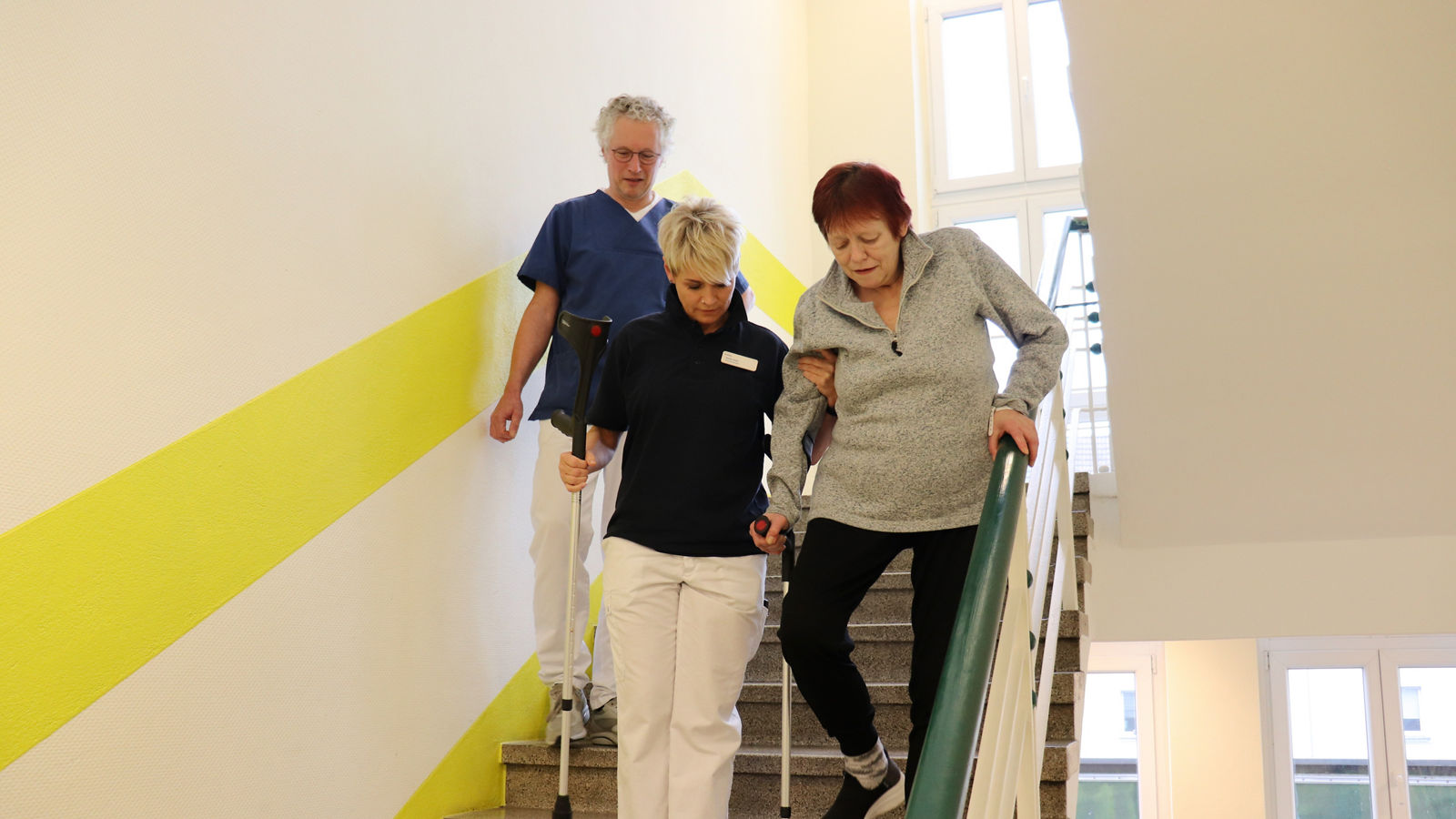
Patient Story: Congenital deformity of the spine involving lateral curvature (scoliosis)
The 16-year-old hid her crooked back under large T-shirts and wore a painful corset. But her spine continued to curve. Only surgery could help her – and it also increased the girl's height by five centimeters.
“It was definitely not my best time ...” Jenny says and then trails off. She recalls stupid phrases, stupid ridicule, and thoughtless remarks from school times. A 16-year-old girl had severe scoliosis and wore a support corset for some time, but it only helped to a limited extent. Severe back pain, the support of her treating pediatric orthopedist and Dr. Jan Matussek, Chief Physician of the Pediatric Orthopedics Clinic at Helios Emil von Behring Hospital in Zehlendorf, led the girl and her parents to the conclusion that back surgery was the best solution.
Congenital deformity of the spine with lateral curvature
Jenny lives with her family on the island of Rügen, the girl has a congenital deformity of the spine involving lateral curvature (scoliosis), which also progressed a lot during puberty. When she put on T-shirts, everyone saw her crooked back, it was also impossible to sit upright. If you ask Jenny what it looked like, she will answer sensibly: "I was sticking out rather than sitting." Even looking into the closet was often unpleasant. To hide the conspicuous corset that Jenny had to wear for a year, she was forced to choose loose jackets and oversized sweaters. “But let's be honest: I could just as well have put on a blue bag. The supporting corset was always visible – it was in full view of everyone,” Jenny humbly recalls.
But not only her appearance cast a shadow over her life. She often suffered from severe back pain, hematomas, was forced to spend a lot of time in bed, did exercise therapy, and even was treated in a rehabilitation clinic. But nothing helped for long.
Request for a second opinion
In the spring of 2020, an orthopedist from Rügen Island referred Jenny for a second opinion to a specialist in scoliosis surgery. This is how a 16-year-old girl came to Berlin to see Dr. Jan Matussek, Chief Physician of the Pediatric and Adolescent Orthopedics Clinic at Helios Emil von Behring Hospital. This clinic is famous throughout northern Germany and especially in the eastern federal states for the quality care it has provided for decades to young patients with severe spinal diseases.
Solution: surgery
Jenny was thoroughly examined by Dr. Matussek and the decision was made with her parents to have surgery. Jenny describes what exactly happened: “During the operation, I was lying on my stomach. First, a long incision was made in the back to expose the spine. Then special screws with brackets were screwed to individual vertebrae, and metal rods were inserted through these brackets to straighten the spine." Jenny describes the method very objectively and to the point. Was she scared? “I was very scared. I was afraid of damage to the spinal cord or nerves. Fortunately, this happens very, very rarely."
"A surgery like that is challenging, but thanks to optimal preparation and proven techniques, paralysis or impaired leg movement have become very rare in the world today."
Dr. Matussek can confirm this: “A surgery like that is challenging, but thanks to optimal preparation and proven techniques, paralysis or impaired leg movement have become very rare in the world today. At the same time, among other things, the process is facilitated by controlling the function of the spinal cord directly during the intervention, and checking the correctness of the spine curvature by means of constant measurements of nerve conduction."
Massive blood loss is also possible. To prevent this, Dr. Matussek and his team work with an autotransfusion system during surgery, which returns blood from the wound to the patient.
Did all the effort and risk make sense? Jenny does not hesitate for a second and smiles: “After the operation, I noticed a dramatic improvement! When I first saw myself in the mirror, I was truly scared - but very positively scared! I just thought, "Wow, can I stand so straight?!" I never thought that this could come out of my back."
"I never thought that this could come out of my back."
This lengthy and tedious procedure literally made her outdo herself. Because one look at the measuring tape showed the incredible: Jenny has grown by as much as five centimeters. At least in theory. Because the natural straightening of the spine also had a strong effect on the real growth of the resident of Rügen. During the control check, her height decreased by a centimeter, but: “Every little change and every millimeter matters and makes me incredibly proud and happy about what we have achieved together so far. I am no longer 1.63 m, but as much as 1.67 m. Am I officially a "grown-up" now? Who can know for sure...” the schoolgirl smiles.
Not suitable for everyone
Chief Physician Dr. Matussek is delighted with his patient, but stresses: “We were able to help Jenny in this case. But this kind of surgery is not suitable for every teenager with scoliosis. If, as a result of a rapid growth spurt during puberty, a harmless, barely noticeable curvature of the spine suddenly develops into a visually very noticeable and annoying curvature of the spine for several months, surgery is possible. However, our main task is to try to avoid surgery. Therefore, we try to recognize an impending exacerbation of scoliosis early and correct it with a corset. However, in Jenny's case, this was not enough, because the progression of scoliosis was rapid."
Of course, thanks to the operation, my daily life has become more carefree, less burdened with difficulties. But physical change alone is not enough. Something has to happen, especially in your head – better in advance!
Always look ahead
Despite all the difficulties, Jenny kept her chin up and always looked ahead. She was helped by the fact that she was intensely fighting her illness. “I even made it the topic of my graduation paper at school,” she says. “It shaped me as a person. This is my advice to others in a situation similar to mine: if you have the necessary knowledge, you can cope with the disease much better, acknowledge it and protect yourself from stupid statements."
She emphasizes over and over that her inner strength, willpower, and her “I know what I'm worth” attitude is a long journey, not a spontaneous decision. A road on which stumbling rocks will sometimes be encountered. But Jenny is convinced that this is completely normal and just part of life. "Of course, thanks to the operation, my daily life has become more carefree, less burdened with difficulties. But physical change alone is not enough. Something has to happen, especially in your head – better in advance!" she advises other patients. What she means is actually quite simple: “I used to wrap myself in oversized clothes to hide my imaginary flaws. Until at some point I realized: I don't care what others think. Because in my situation it doesn't change anything – quite the contrary. I'm just so tired of always having to constantly limit myself." From that moment on, she pulls tight and figure-hugging clothing out of the closet. And does this quite deliberately!
Today Jenny and her family are very grateful to Dr. Matussek and his team. Jenny's father, who stayed with their relatives throughout his daughter's stay in Berlin and was able to visit his daughter every day, lavishes praise and gratitude. Not only because of the excellent results of the treatment but also because the interpersonal relationship was excellent. The department staff never showed the stress and additional problems that the coronavirus pandemic created. “Everyone on the ward—from doctors and nurses to physiotherapists and nannies—was great,” Jenny's father sums up enthusiastically.
Scoliosis: what is it?
Scoliosis is a pathological disorder of spine development. A partially highly noticeable deformity with a twisting lateral curvature can no longer be corrected and eliminated by the patient's own muscles. To slow the progression of scoliosis, physical or brace therapy is often used. With severe curvatures, surgery may be required.
Insufficient treatment can cause numerous complaints in adults. For example, significant pathological restrictions in the chest area are possible. Since the lungs can be narrowed due to abnormal twisting, this can lead to a severe decrease in the initial lung capacity.






